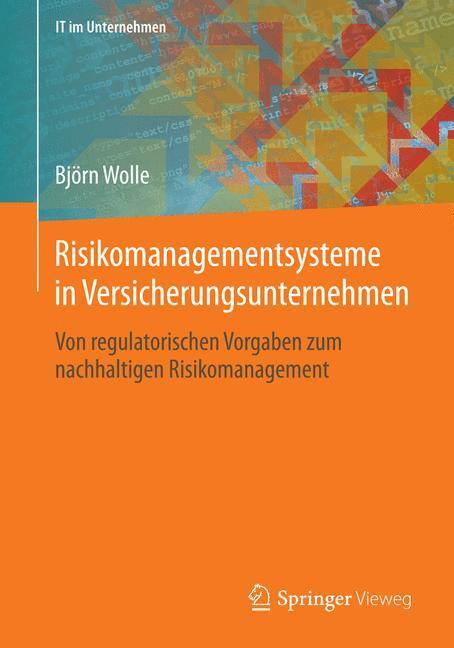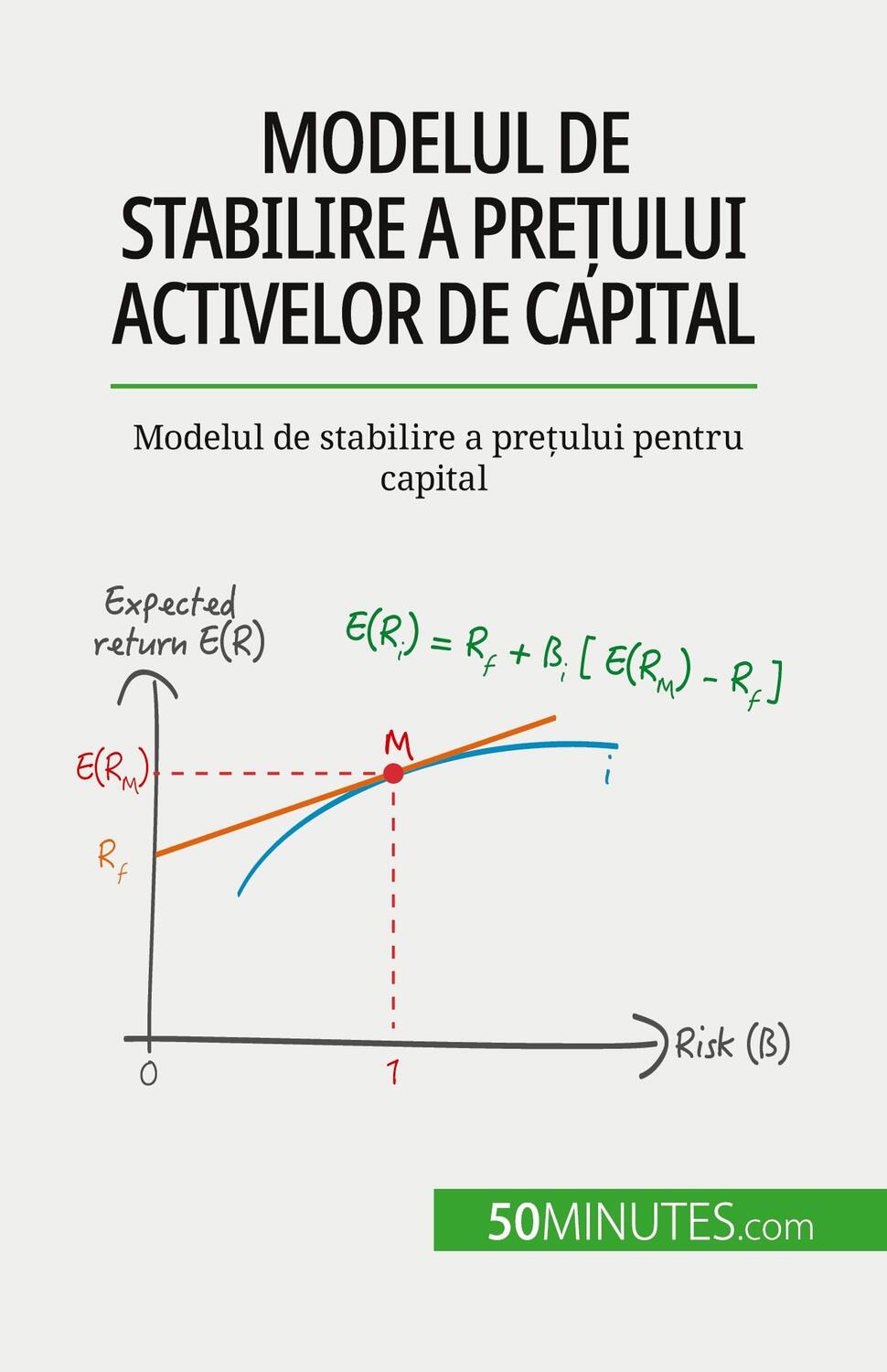Dekorationsartikel gehören nicht zum Leistungsumfang.
Sprache:
Englisch
58,35 €*
Versandkostenfrei per Post / DHL
Lieferzeit 4-7 Werktage
Kategorien:
Beschreibung
The common denominator of a growing number of hard decisions facing modern societies is the need to determine, "How safe is safe enough?" Nuclear power, recombinant DNA, food additives, and the DC-10 are just a few of the products of technological progress that raise this question. The authors begin by defining acceptable-risk problems and analyzing why they are so difficult to resolve, considering such issues as uncertainty about their definition, lack of relevant facts, conflicting and conflicted social values, and disagreements between technical experts and the lay public. Drawing on their own experience in risk management as well as the relevant research literatures in psychology, engineering, operations research, economics, management and political science, they identify and characterize the variety of methods that have been proposed for resolving acceptable-risk problems. They subject these methods to a rigorous critique in terms of philosophical presuppositions, technical feasibility, political acceptability, and validity of underlying assumptions about human behavior. The authors construct a framework for deciding how to make decisions about risks, and offer recommendations for research, public policy, and practice. Although their principal focus is on technological hazards, their analysis applies to many risks, such as those from new medical treatments or innovative programs in criminal justice.
The necessity of balancing risks and benefits impinges on most people's lives, and a broad audience will find this book thought-provoking and useful. They include all those concerned with the management of technology--scientists, engineers, policy-makers and regulators, as well as a growing number of concerned citizens--and all those interested in the nature of decision processes, including psychologists, management and political scientists, and their students. The book presupposes no mathematical or technical background on the part of readers.
The necessity of balancing risks and benefits impinges on most people's lives, and a broad audience will find this book thought-provoking and useful. They include all those concerned with the management of technology--scientists, engineers, policy-makers and regulators, as well as a growing number of concerned citizens--and all those interested in the nature of decision processes, including psychologists, management and political scientists, and their students. The book presupposes no mathematical or technical background on the part of readers.
The common denominator of a growing number of hard decisions facing modern societies is the need to determine, "How safe is safe enough?" Nuclear power, recombinant DNA, food additives, and the DC-10 are just a few of the products of technological progress that raise this question. The authors begin by defining acceptable-risk problems and analyzing why they are so difficult to resolve, considering such issues as uncertainty about their definition, lack of relevant facts, conflicting and conflicted social values, and disagreements between technical experts and the lay public. Drawing on their own experience in risk management as well as the relevant research literatures in psychology, engineering, operations research, economics, management and political science, they identify and characterize the variety of methods that have been proposed for resolving acceptable-risk problems. They subject these methods to a rigorous critique in terms of philosophical presuppositions, technical feasibility, political acceptability, and validity of underlying assumptions about human behavior. The authors construct a framework for deciding how to make decisions about risks, and offer recommendations for research, public policy, and practice. Although their principal focus is on technological hazards, their analysis applies to many risks, such as those from new medical treatments or innovative programs in criminal justice.
The necessity of balancing risks and benefits impinges on most people's lives, and a broad audience will find this book thought-provoking and useful. They include all those concerned with the management of technology--scientists, engineers, policy-makers and regulators, as well as a growing number of concerned citizens--and all those interested in the nature of decision processes, including psychologists, management and political scientists, and their students. The book presupposes no mathematical or technical background on the part of readers.
The necessity of balancing risks and benefits impinges on most people's lives, and a broad audience will find this book thought-provoking and useful. They include all those concerned with the management of technology--scientists, engineers, policy-makers and regulators, as well as a growing number of concerned citizens--and all those interested in the nature of decision processes, including psychologists, management and political scientists, and their students. The book presupposes no mathematical or technical background on the part of readers.
Inhaltsverzeichnis
1. How safe is safe enough?; 2. Why is it so hard to resolve acceptable-risk problems?; 3. Choosing an approach to acceptable risk: a metadecision problem; 4. Professional judgment; 5. Bootstrapping; 6. Formal analysis; 7. Comparison of approaches; 8. What have we learned?; 9. Recommendations for improving acceptable-risk decision making; 10. What do we need to learn?; References; Index.
Details
| Erscheinungsjahr: | 1984 |
|---|---|
| Fachbereich: | Allgemeines |
| Genre: | Wirtschaft |
| Rubrik: | Recht & Wirtschaft |
| Medium: | Taschenbuch |
| Seiten: | 204 |
| ISBN-13: | 9780521278928 |
| ISBN-10: | 0521278929 |
| Sprache: | Englisch |
| Ausstattung / Beilage: | Paperback |
| Einband: | Kartoniert / Broschiert |
| Autor: | Lichtenstein, Sarah |
| Hersteller: | Cambridge University Press |
| Maße: | 229 x 152 x 13 mm |
| Von/Mit: | Sarah Lichtenstein |
| Erscheinungsdatum: | 19.01.1984 |
| Gewicht: | 0,339 kg |
Inhaltsverzeichnis
1. How safe is safe enough?; 2. Why is it so hard to resolve acceptable-risk problems?; 3. Choosing an approach to acceptable risk: a metadecision problem; 4. Professional judgment; 5. Bootstrapping; 6. Formal analysis; 7. Comparison of approaches; 8. What have we learned?; 9. Recommendations for improving acceptable-risk decision making; 10. What do we need to learn?; References; Index.
Details
| Erscheinungsjahr: | 1984 |
|---|---|
| Fachbereich: | Allgemeines |
| Genre: | Wirtschaft |
| Rubrik: | Recht & Wirtschaft |
| Medium: | Taschenbuch |
| Seiten: | 204 |
| ISBN-13: | 9780521278928 |
| ISBN-10: | 0521278929 |
| Sprache: | Englisch |
| Ausstattung / Beilage: | Paperback |
| Einband: | Kartoniert / Broschiert |
| Autor: | Lichtenstein, Sarah |
| Hersteller: | Cambridge University Press |
| Maße: | 229 x 152 x 13 mm |
| Von/Mit: | Sarah Lichtenstein |
| Erscheinungsdatum: | 19.01.1984 |
| Gewicht: | 0,339 kg |
Warnhinweis













